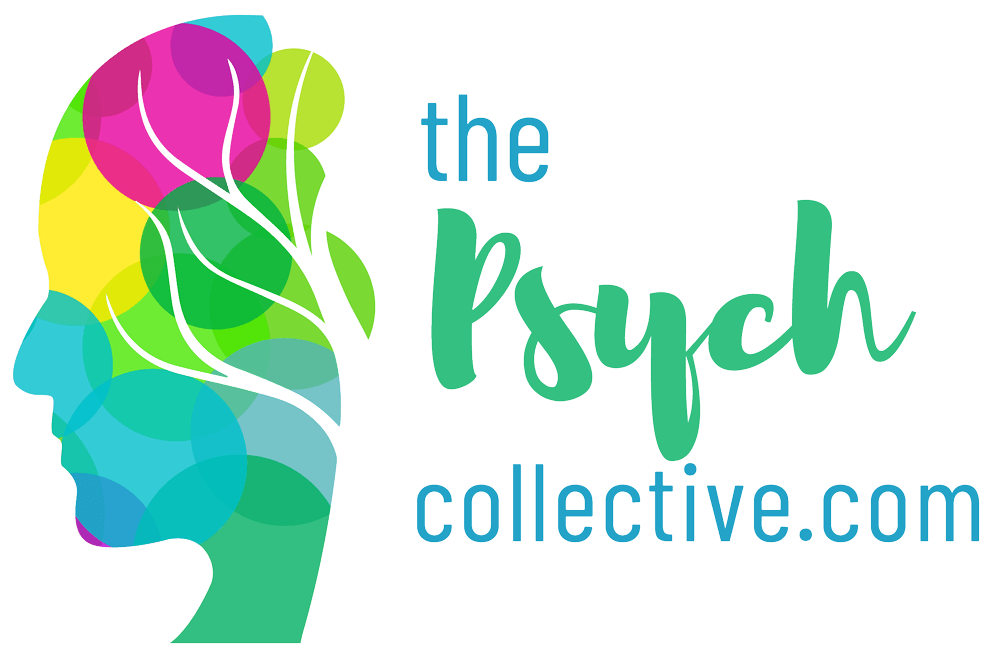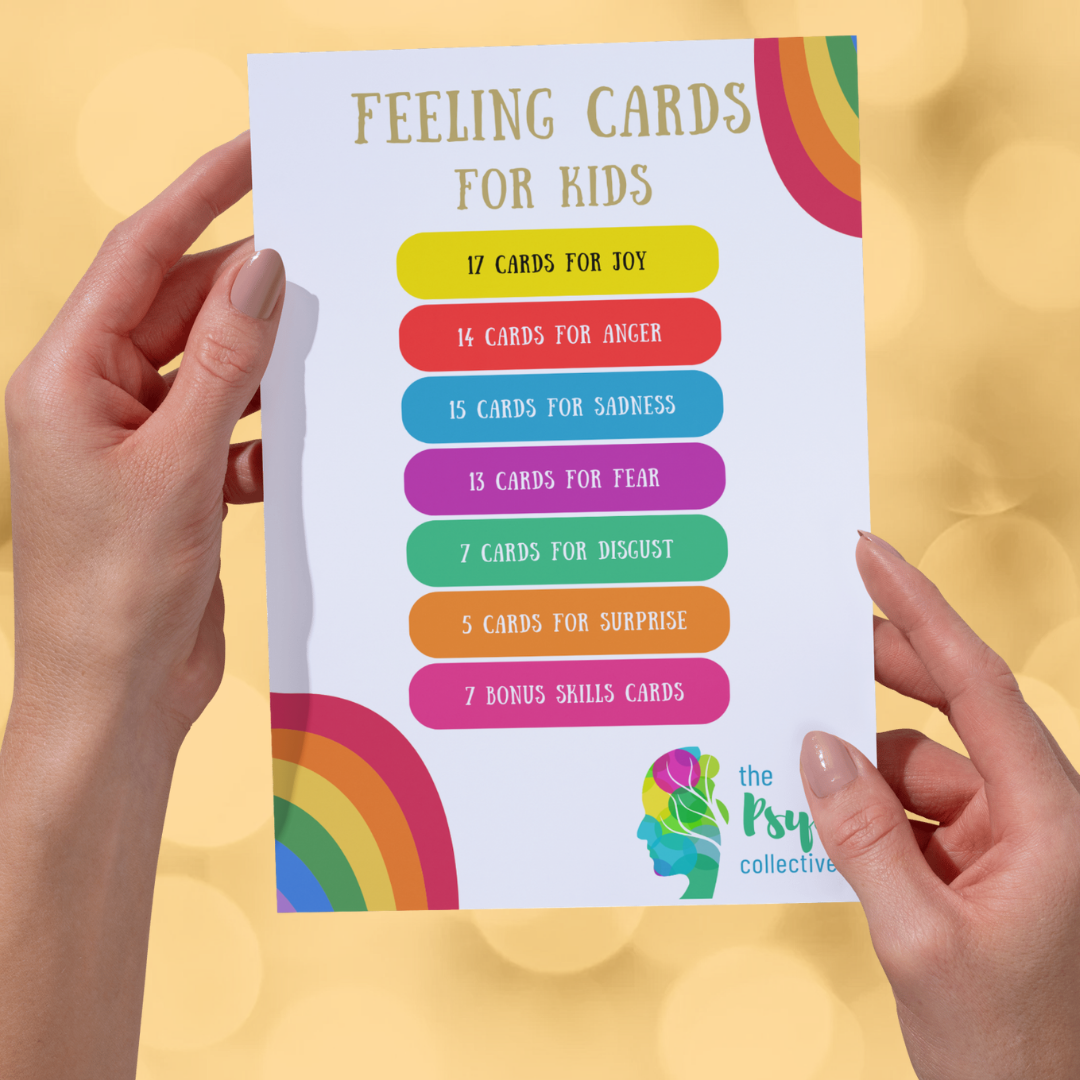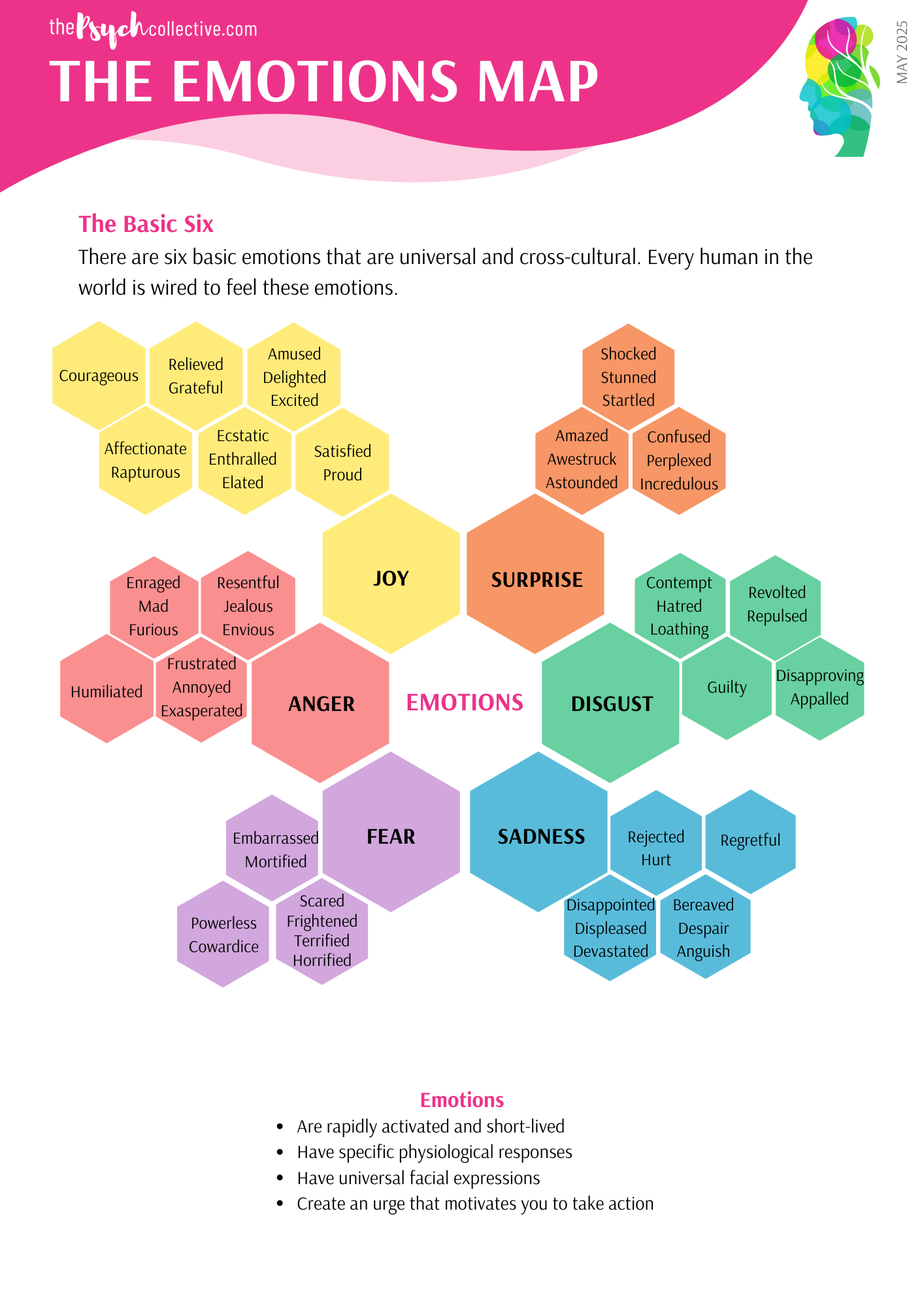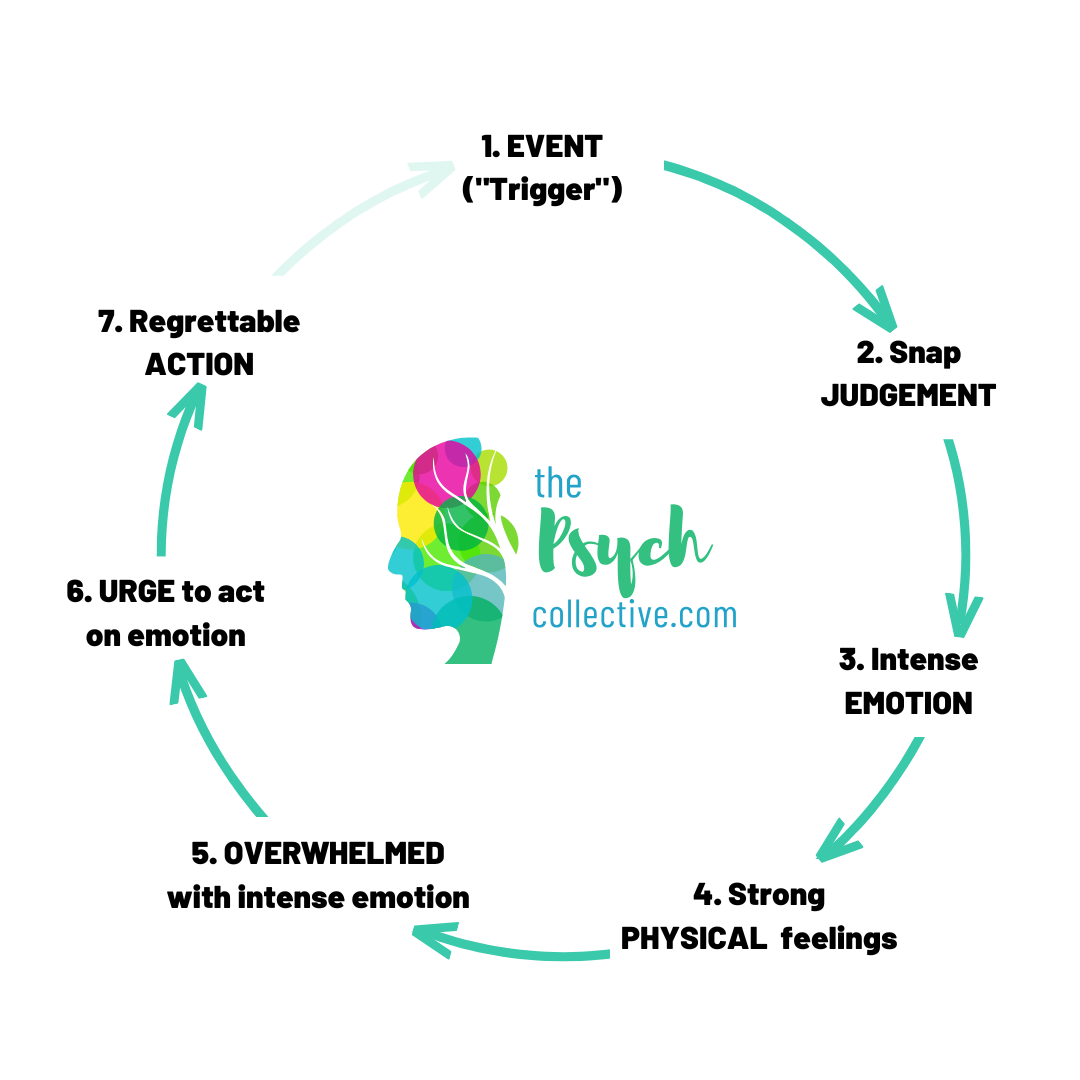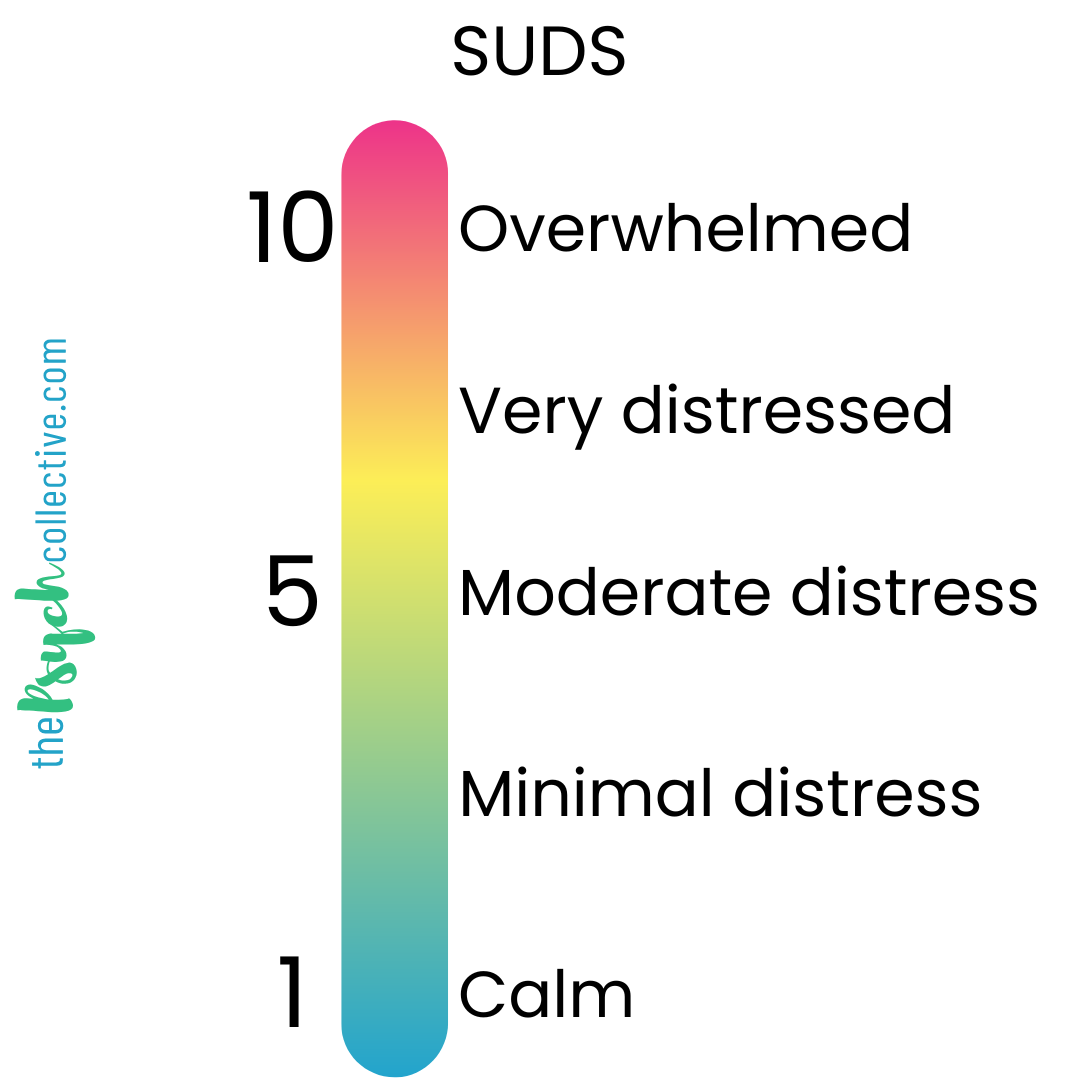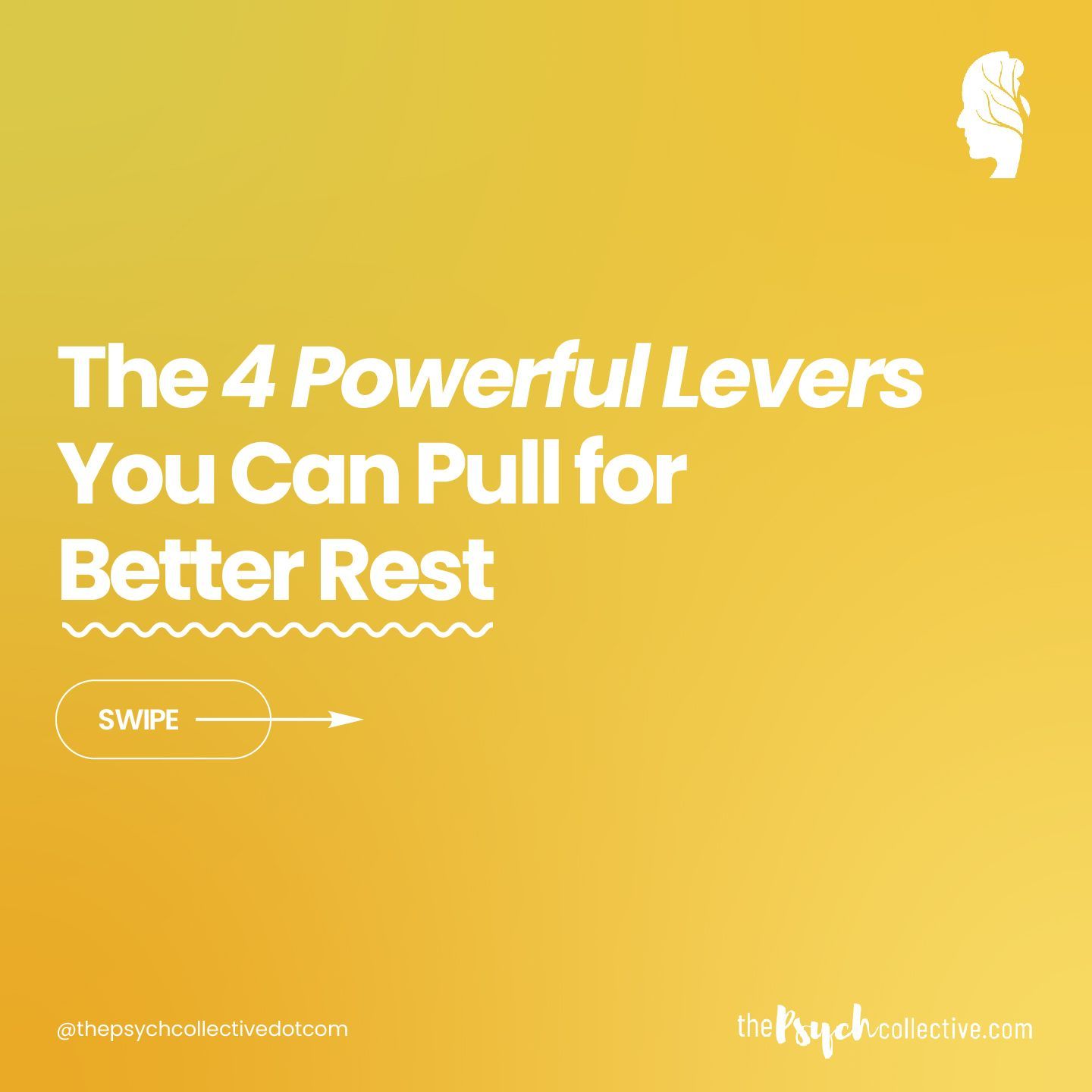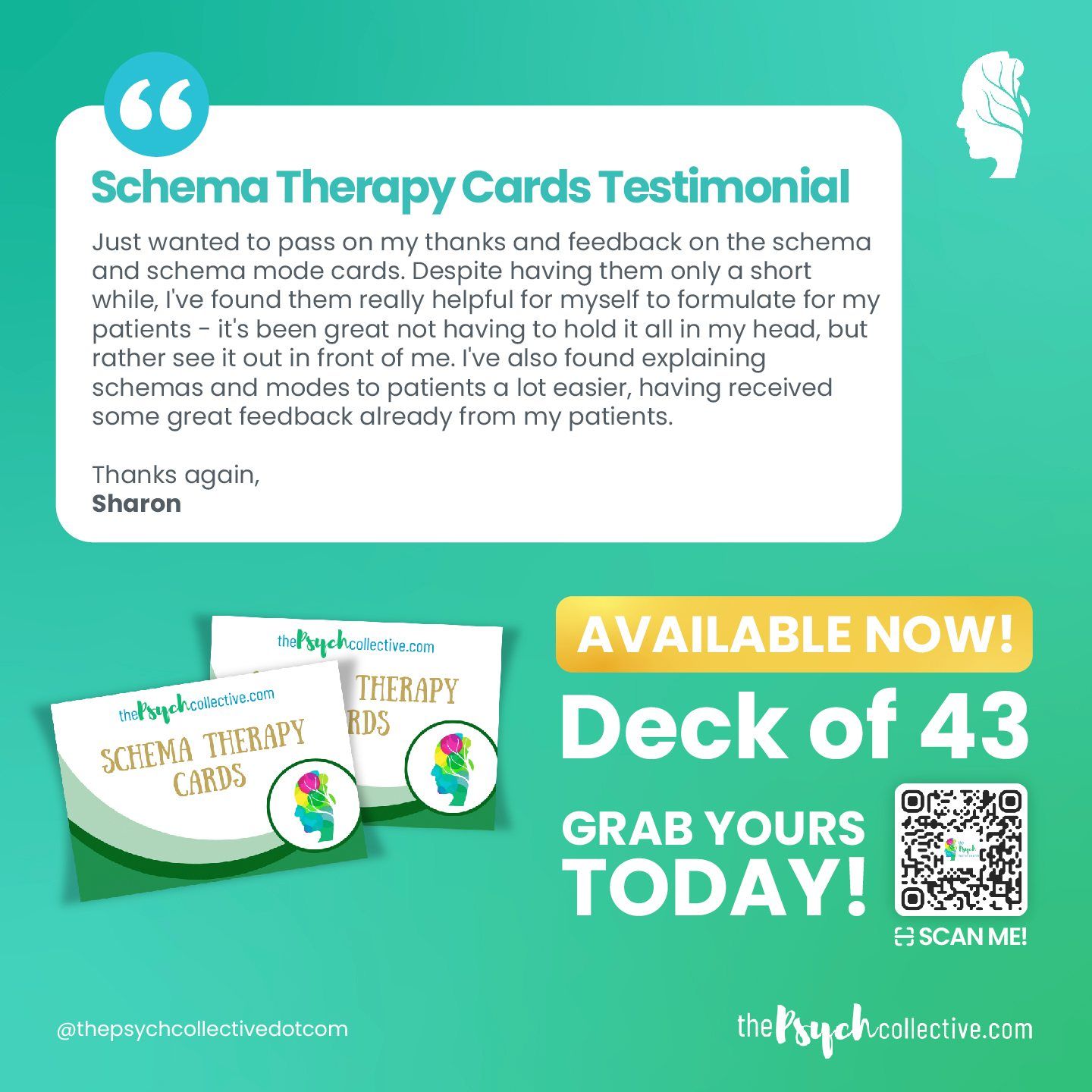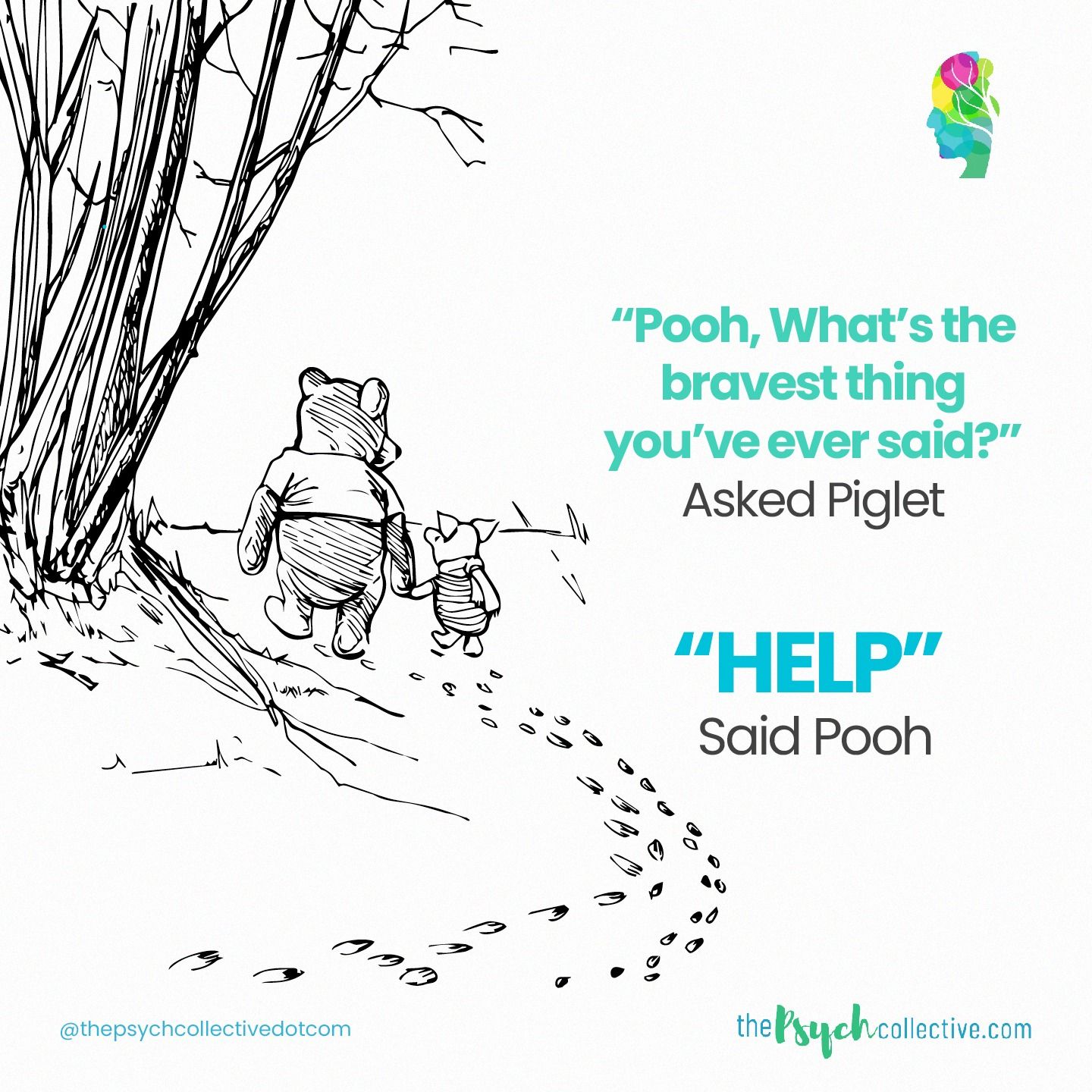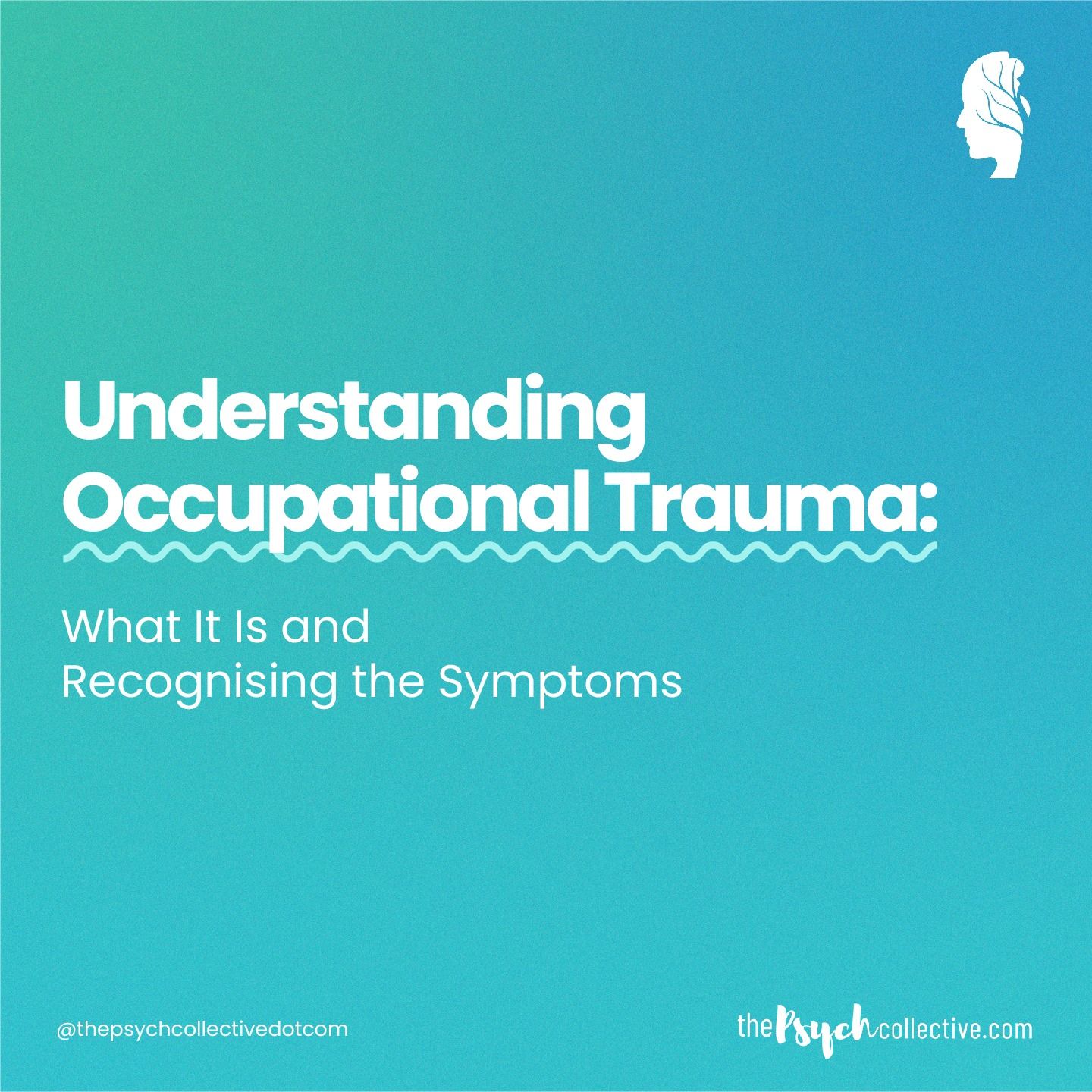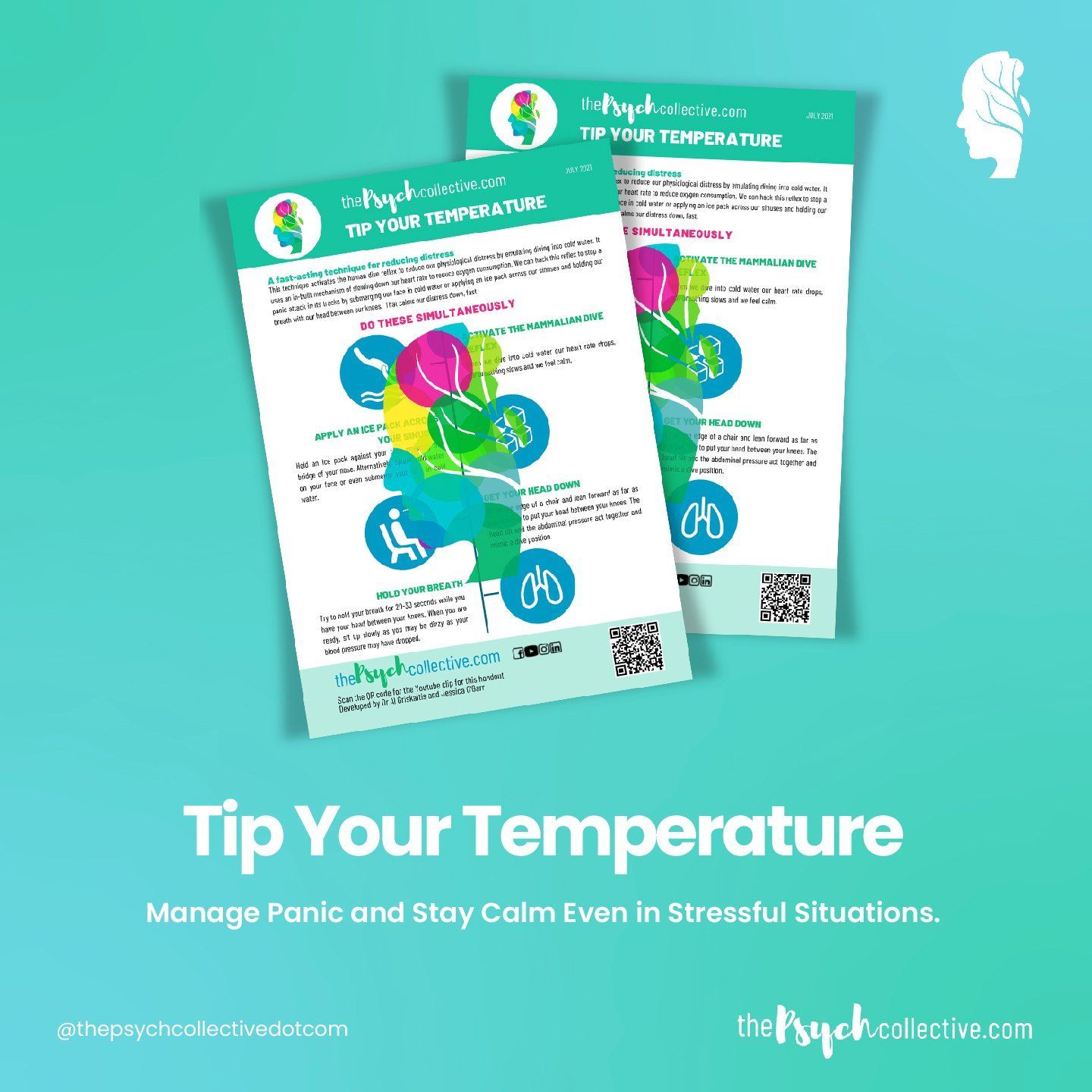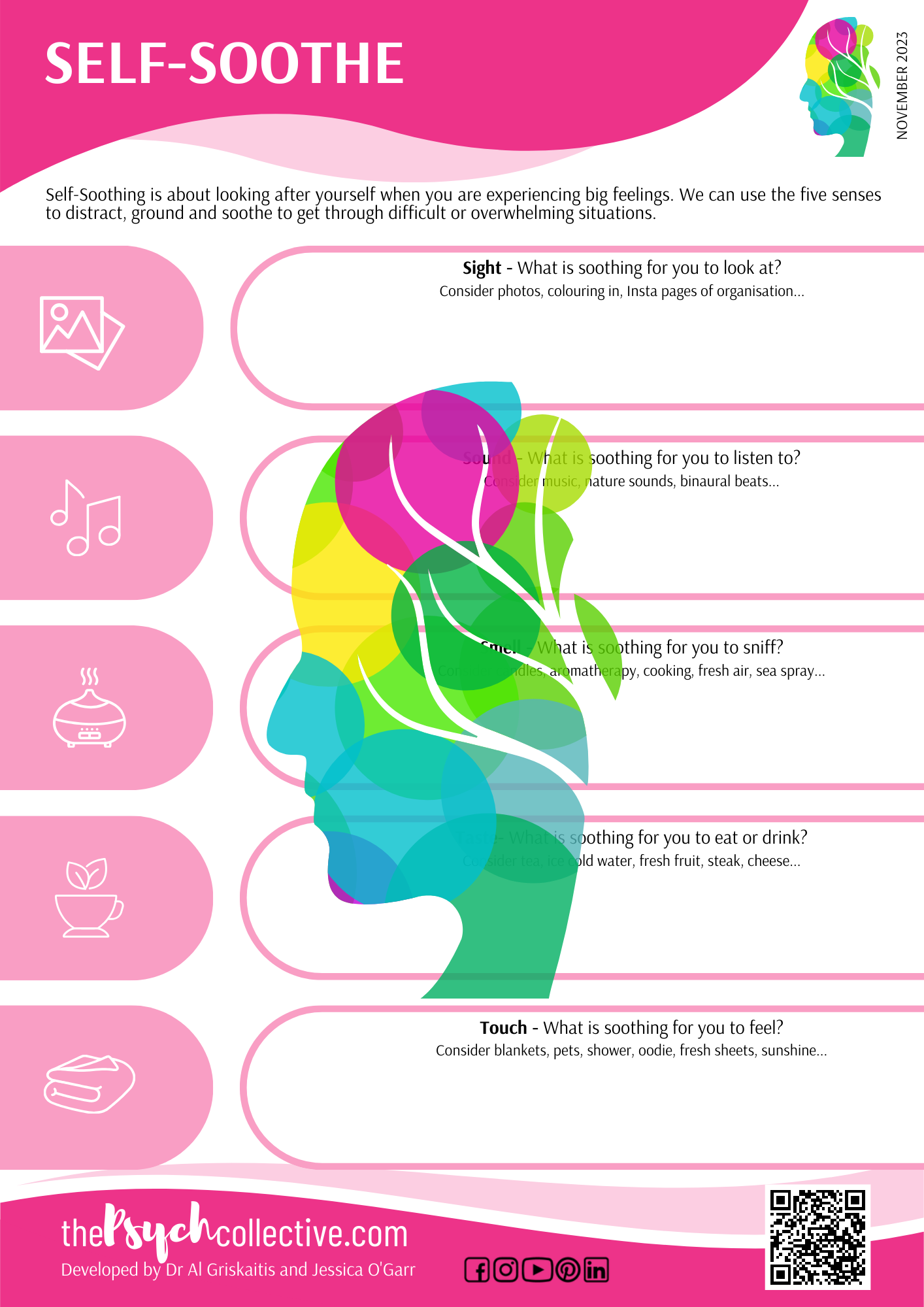Autogenic Training
Autogenic Training is a form of self-hypnosis that uses body imagery to induce sensations of heaviness and warmth in your body parts. It is similar to Progressive Muscle Relaxation, but instead of clenching and releasing muscles, you simply imagine creating feelings. It can be really helpful for preparing for sleep.
Here is the script for Autogenic Training:
Start by lying down somewhere comfortable, with your legs uncrossed and your arms by your sides. Bring your attention to your breath, and begin to engage diaphragmatic breathing. Ensure that your belly is inflating with each breath, and try to lengthen your exhale.
Now bring your attention to your attention to your feet, and say to yourself 4 times “my feet are heavy” and then say 4 times “my feet are warm” and finish by saying “and I am relaxed and calm”.
Next, move your attention to your legs, focusing on your whole leg through your calves, knees and thighs. Say to yourself 4 times “my legs are heavy” and then say 4 times “my legs are warm” and finish by saying “and I am relaxed and calm”.
Focus on your hips and “my hips are heavy” (x4) and “my hips are warm” (x4) “and I am relaxed and calm”.
Then your abdomen “my stomach is heavy” (x4) and “my stomach is warm” (x4) “and I am relaxed and calm”.
Next, your lower back “my back is heavy” (x4) and “my back is warm” (x4) “and I am relaxed and calm”.
Move you attention to your chest “my chest is heavy” (x4) and “my chest is warm” (x4) “and I am relaxed and calm”.
Then arms, “my arms are heavy” (x4) and “my arms are warm” (x4) “and I am relaxed and calm”.
Next, focus on your shoulders, “my shoulders are heavy” (x4) and “my shoulders are warm” (x4) “and I am relaxed and calm”.
Then neck “my neck is heavy” (x4) and “my neck is warm” (x4) “and I am relaxed and calm”.
Finally your forehead “my forehead is heavy” (x4) and “my forehead is warm” (x4) “and I am relaxed and calm”.
After completing all of the body parts, bring your attention to your heart rate. Say to yourself 4 times “my heartbeat is slow and calm” and then finally “my breath is slow and calm”.
Once you have finished, continue to focus on your belly breathing until you are ready to finish or you fall asleep.
Share
Categories
About Our Resources
We offer actionable resources and teach real skills to help people make meaningful change in managing mental health issues through different modes depending on people's learning preferences including infographics, text, worksheets, handouts and video.
